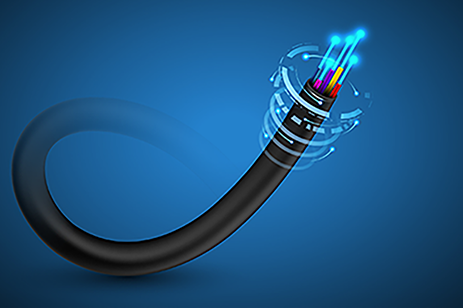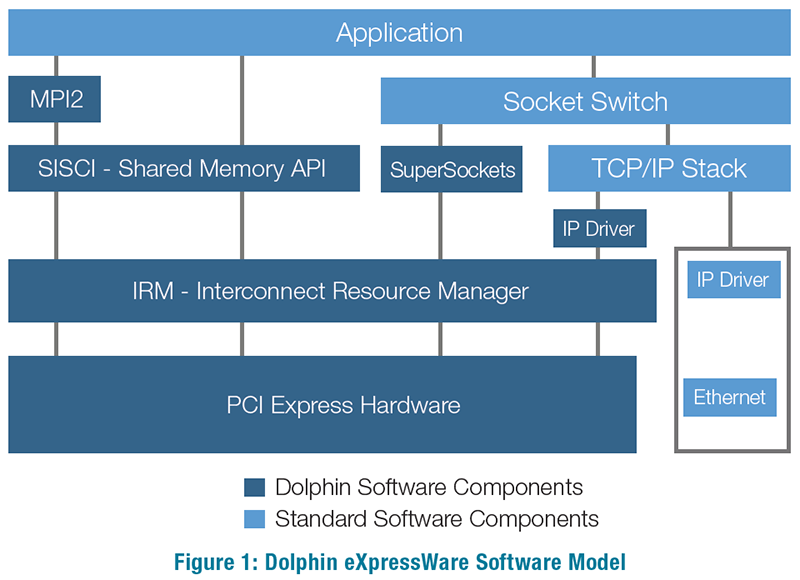
Today’s embedded systems are made up of powerful processing subsystems, each of which is uniquely designed to serve a particular function. In high-performance embedded computing systems, each of these subsystems is often fully functional processing nodes and the limiting factor of system performance often lies in the processor-to-processor data paths. Maximizing throughput and minimizing latency through optimization of the node-to-node data paths will often provide the greatest impact on system performance.
Traditional defense systems built with VME technology have a shared parallel bus, across which all processing nodes communicate. These systems suffer from low overall throughput, not only due to slow data bus transfer speeds but also because only one node can communicate at a time, further hindering performance. Once a node begins to transfer data, other nodes must wait for their turn to access the shared bus, adding to longer and uncertain latencies.
Modern systems can also use Ethernet to pass data from node to node. With switched Ethernet architectures, nodes can communicate in parallel, virtually eliminating the bottlenecks of a shared bus. However, processor speeds and capabilities have grown much faster than Ethernet speeds, and once again, data paths have become a performance bottleneck.
Almost every contemporary processor today uses the PCI Express (PCIe) bus as a high-speed interconnect for onboard peripherals. In most processing systems, the PCIe interface offers the fastest data path to and from the processor. Unfortunately, the PCIe bus was never designed to offer straightforward processor-to-processor communications, as its original design based off the PCI parallel bus was for a single “master” host.

Curtiss-Wright Defense Solutions has partnered with Dolphin Interconnect Solutions to bring their eXpressWare PCIe fabric software to the embedded VPX world. Uniquely optimized to take advantage of hardware features such as DMA and multi-core processing, eXpressWare can be used to exploit the highest levels of data fabric performance for the rugged defense industry.
In this first of our two-part series, we introduce the use of fabrics for high-performance embedded systems and focus on the hardware and architectural options available to the systems designer. In part two, we present several different software interfaces provided for applications development, comparing their advantages and tradeoffs. Finally, we present performance benchmarks using a variety of Curtiss-Wright 3U VPX modules.
Download the white paper to learn more.
- Fabric technologies: PCIe SRIO, InfiniBand, and Ethernet
- The common use of fabrics PCIExpress
- SBC configurations with Dolphin eXpressWare